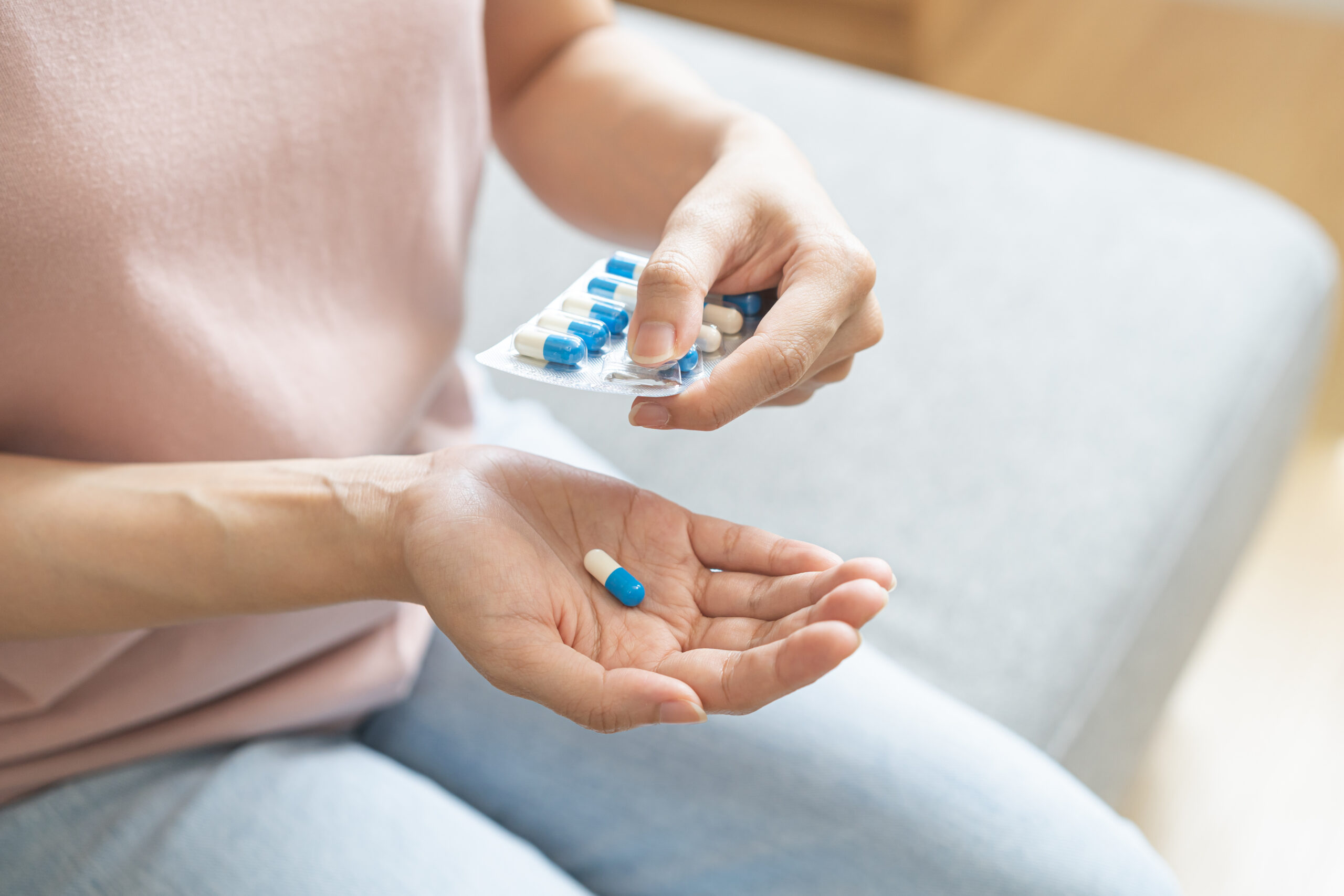
Patients come to a hospital nearly 36 million times each year in the US, and antibiotics are often part of the picture: One large study showed that clinicians prescribed them in 65 percent of all hospitalizations. Recently, some health systems have begun to avoid giving the two most common antibiotics in combination — even though the pair is highly effective for serious infections such as hospital-acquired pneumonia and sepsis. Their concern: The combination has been linked to a higher risk of acute kidney injury (AKI), a potentially deadly syndrome of rapidly decreasing kidney function. But given that there was no clear pathophysiologic mechanism for elevated AKI risk, Todd Miano, PharmD, PhD, and colleagues suspected the danger might be a matter of appearances, not reality.
“When study after study consistently showed an association between this drug combination and AKI, the potential of pseudotoxicity became an intriguing idea. There was no plausible mechanism to explain synergistic toxicity from the combination. AKI is typically defined by sudden increases in serum creatinine, but we wondered if the creatinine elevations seen in these studies were due to a less common phenomenon, described previously for some other drugs, in which such elevations do not reflect actual damage to the kidneys.”
The team’s findings, recently published in Intensive Care Medicine(link is external), have the potential to substantially reduce clinicians’ concerns about prescribing the highly effective combination of vancomycin and piperacillin-tazobactam — with implications in treatment decisions for millions of US patients each year. The study provides new evidence that may resolve a major dilemma for clinicians, given that avoiding this antibiotic combination could limit treatment of life-threatening infections, expose patients to toxicity from alternative antibiotics, and worsen antimicrobial resistance patterns.
In recent years, a large body of evidence has suggested that vancomycin and piperacillin-tazobactam used in combination substantially increases the risk of AKI, representing a major safety concern. In contrast, however, mechanistic data suggest that the association between the antibiotic combination and AKI may reflect isolated, harmless drug effects that raise blood levels of creatinine (the standard AKI biomarker), without causing true kidney injury: Not a true danger but a “pseudotoxicity.” Using an alternative, well-validated measure of kidney function (cystatin C, not directly affected by these medications) in place of creatinine provided the researchers with an entirely new perspective. “To our knowledge, this is the first study of this drug combination to employ cystatin C as an alternative to creatinine, which allowed us to conduct the most direct mechanistic assessment of the potential drug-drug interaction in humans to date,” they wrote.
Their retrospective cohort study included 739 critically ill patients in Penn Medicine critical care’s Molecular Epidemiology of SepsiS in the ICU (MESSI) prospective cohort: 297 took vancomycin plus piperacillin–tazobactam, 442 took vancomycin plus cefepime. The team showed that vancomycin plus piperacillin-tazobactam was associated with an increased risk of creatinine-defined AKI, but not with changes in alternative kidney function biomarkers (cystatin C, blood urea nitrogen) or with downstream clinical outcomes associated with true acute kidney injury (dialysis or mortality). Their study questions the results of dozens of prior creatinine-based studies and stands to establish a new paradigm for evaluating drug-associated AKI — with potentially lifesaving effects in millions of people each year, given that one in three US patients who dies in a hospital has sepsis, per the CDC.
Although these study results are compelling, Miano cautions against over-interpreting the results. “Our work isn’t definitive. We only had cystatin C in a subset of patients, and this is just a single study. The results do, however, shift the balance of evidence towards clinical equipoise, providing a strong justification for large-scale follow-up studies to establish the optimal approach to monitoring kidney function in patients treated with this drug pair.”
Authors:
Todd A. Miano, Sean Hennessy, Wei Yang … Michael G.S. Shashaty.